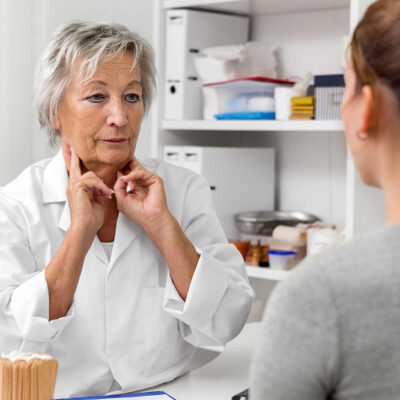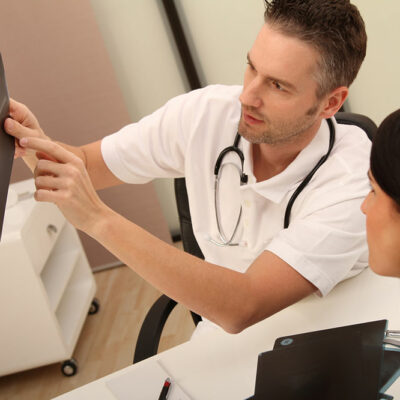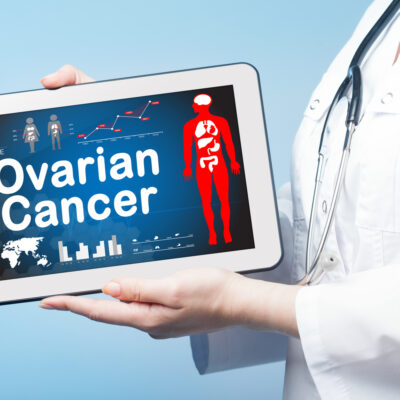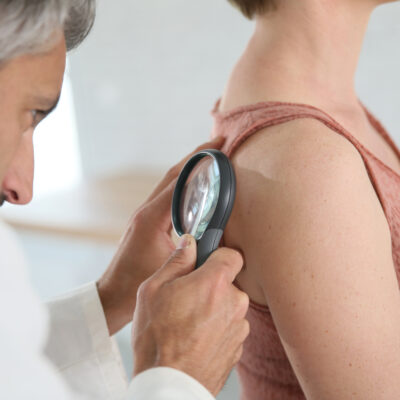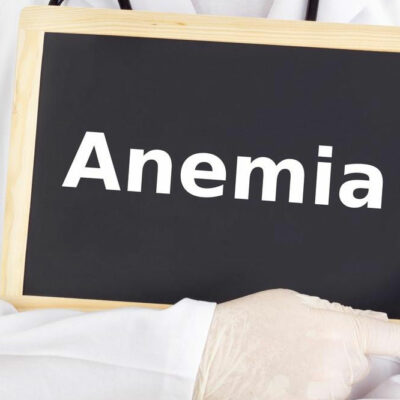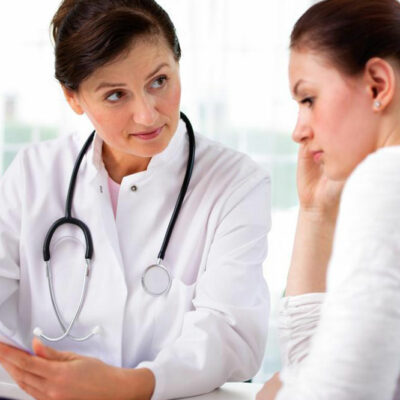
Health
Prevention Tips for Leukemia
Leukemia is a type of cancer that develops in the bone marrow or the bones. Among all the types of cancers in the United States, about 10% is likely to be leukemia. While you cannot be sure who gets the disease and who does not, here are some top tips to prevent leukemia. These tips have a huge chance of helping you reduce your risk of developing tumors in your bone and bone marrow. Stay within healthy Body Mass Index (BMI) levels: Your weight plays an important role in deciding who gets leukemia and who doesn’t. Excess fat in the body modifies the DNA, causing abnormal changes. When you are obese, you put yourself at a higher risk of developing the condition. Check your BMI levels and make sure it lies within the healthy range. Quit smoking: One of the top tips to prevent leukemia is to stop smoking right as soon as possible. Smoking is one of the biggest preventable causes of almost all types of cancers, including leukemia. The carcinogens in cigarettes seem to alter the existing DNA in people, resulting in the development of abnormal cell growth. Take professional help if you can’t quit the habit. Stay away from benzene:
Read More 